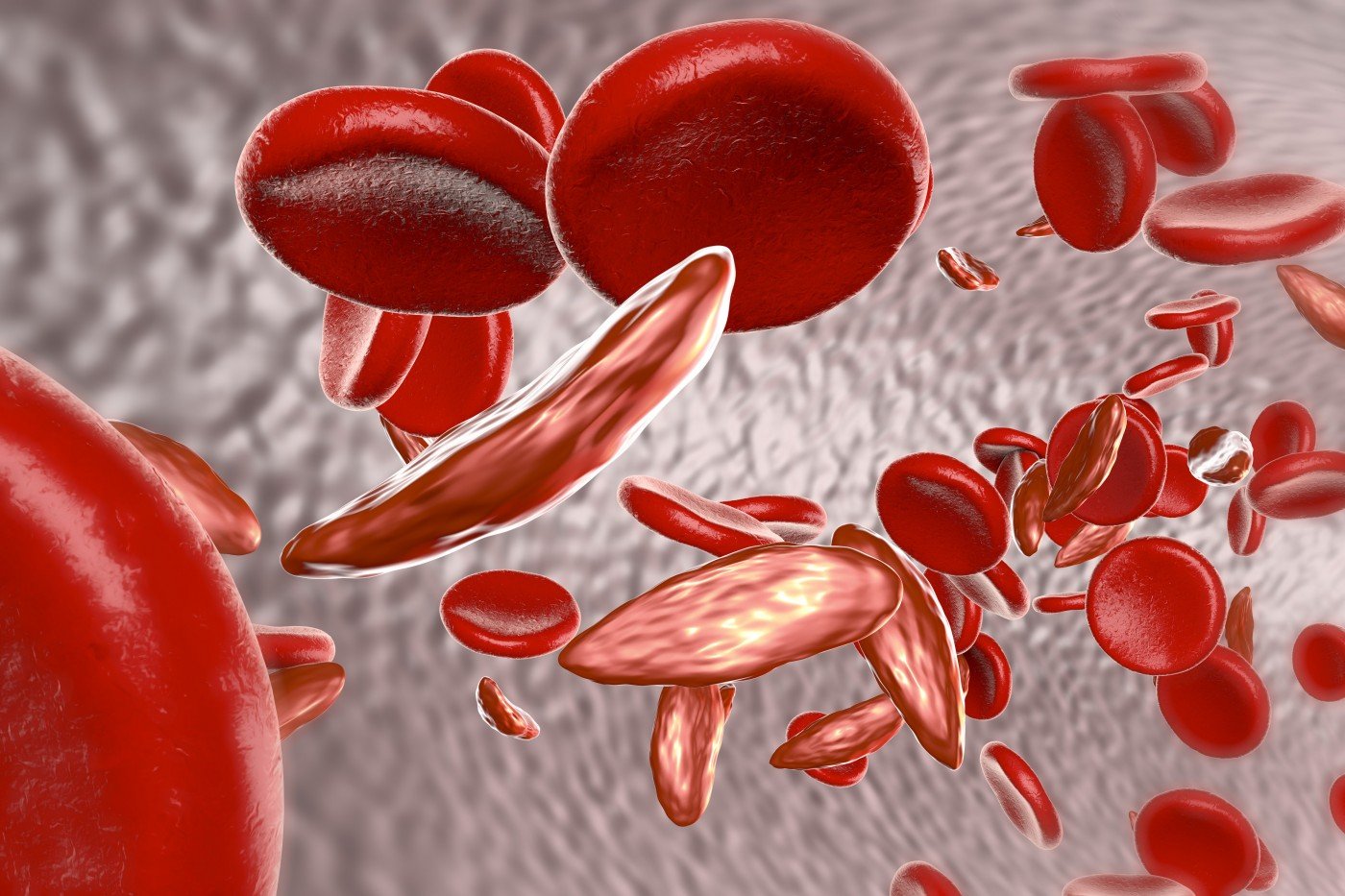Crizanlizumab Designated FDA Breakthrough Therapy for Potential in Vaso-occlusive Crisis Prevention

shutterstock
Crizanlizumab (SEG101), Novartis‘ investigational compound for sickle cell disease (SCD), received breakthrough therapy designation from the U.S. Food and Drug Administration for its potential to prevent vaso-occlusive crises (VOCs).
The FDA designation was granted based on promising data from the company’s multicenter, randomized, double-blind, 52-week, Phase 2 SUSTAIN clinical trial (NCT01895361).
“Painful sickle cell crises matter because they can disrupt patients’ lives, and often require hospital visits and medical attention,” Samit Hirawat, MD, head of global drug development at Novartis Oncology, said in a press release. “We look forward to working closely with the FDA over the coming months toward making crizanlizumab, a therapy that has the potential to prevent sickle cell pain crises, available in the U.S. as soon as possible.”
Crizanlizumab is an inhibitor of P-selectin, which is a molecule important for cells to bind to each other (cell adhesion) and a major player in VOCs. The therapy works by stopping red blood cells from sticking to each other, preventing the formation of clumps that can block blood vessel circulation. This blockage causes VOCs, a common painful complication of SCD.
SUSTAIN, part of the SENTRY clinical trial program, evaluated the ability of two doses of crizanlizumab (5 mg/kg or 2.5 mg/kg once a month) to prevent or reduce the frequency of VOCs in SCD patients, compared with a placebo.
The SENTRY program includes seven trials designed to obtain additional information on the effects of crizanlizumab on SCD management.
“The SENTRY program emphasizes our long-term commitment to reimagining sickle cell disease treatment for as many people as possible,” Hirawat said in a previous press release. “The outcomes of these trials, alongside our analyses of SUSTAIN, will increase our understanding of the disease and, we hope, take us a step forward in our aspiration to reduce the burden of sickle cell pain crises.”
SUSTAIN trial data showed that the 5 mg/kg dose of crizanlizumab reduced the annual frequency of VOCs requiring medical assistance by 45.3% compared with a placebo in SCD patients with or without hydroxyurea treatment.
Data also revealed that crizanlizumab treatment increased the number of patients who never experienced VOCs over the course of the study compared with a placebo (35.8% vs. 16.9%).
The incidence of adverse events (86.4% vs. 88.7%) and serious adverse events (25.8% vs. 27.4%) associated with crizanlizumab were similar to those found in the placebo control group. The most common adverse events (in 10% or more patients in either dose group and at least twice as high as in the placebo group) included arthralgia (joint pain), diarrhea, pruritus (itching), vomiting, and chest pain.
In December, Novartis announced results from a post-hoc analysis of the trial focused on data obtained from patients who completed the treatment to which they were originally assigned (per-protocol analysis).
This analysis confirmed that crizanlizumab significantly reduced the annual rate of VOCs (1.04 vs. 2.18) and increased the percentage of patients who never experienced crises during treatment compared with a placebo (37.5% vs. 12.2%). Moreover, data also showed that crizanlizumab extended the time to the first on-treatment VOC by more than fourfold compared with a placebo (6.55 vs. 1.58 months).
“It is encouraging that these data show treatment per protocol not only reduced the frequency of painful crises, but also increased the number patients with no crises at all. These findings underscore the potential of crizanlizumab and the importance of proactive management of sickle cell disease,” said Kenneth Ataga, MD, director of the Center for Sickle Cell Disease at the University of Tennessee Health Science Center in Memphis and principal investigator of the SUSTAIN analysis.
According to FDA guidelines, medications may be eligible to receive a breakthrough therapy designation when their purpose is to treat medical conditions considered extremely serious or life-threatening, or when they show significant clinical improvements over existing therapies.






